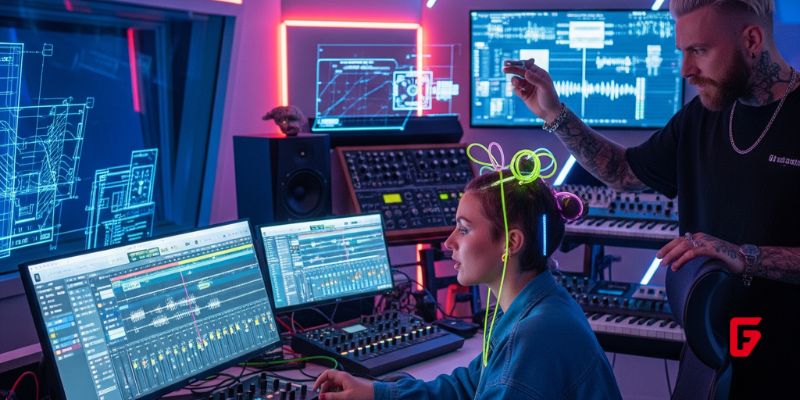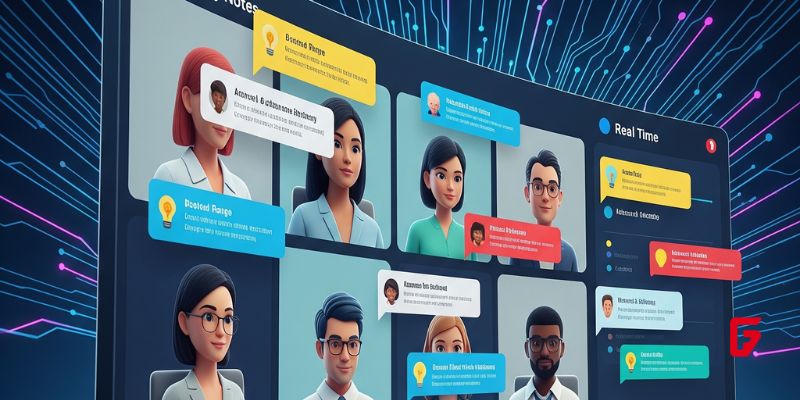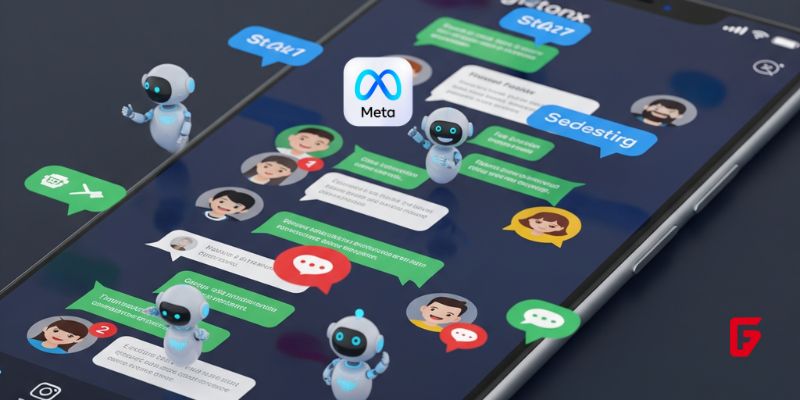
The results of the Park and Huang’s study “Culture Wires the Brain: A Cognitive Neuroscience Perspective” confirm a positive causal relation between experience and the brain’s function and structure, including a considerably “evidence that neural function is affected by culture, particularly activations in ventral visual cortex – areas associated with perceptual processing.” Due to the three stages of perception, this means selection, organization, and interpretation of stimuli. The world we live in affects our thinking and ideas.
Polymaths are not only experts in one topic, but in two or several ones. Often also in areas, which are perceived as completely opposite, as for example mathematics and art. Famous examples are Aristotle, Wolfgang von Goethe, Edgar Alan Poe, or Leonardo da Vinci. The last resumed it: “Study the science of art. Study the art of science.
Develop your senses – especially learn how to see. Realize that everything connects to everything else.” Thanks to their insights into different disciplines, Rana concludes that polymaths can find relations and patterns, which other may oversee, also as they are questioning the perceived reality.
Mexico has a high level of biodiversity, being home of 707 reptiles, 438 species of mammals and 290 of amphibians. Furthermore, 26,000 different types of plants. Plus, the types which still await to get discovered. Besides this, the Mexican government recognized 62 indigenous languages as national languages, spoken by the different local cultures.
The anthropologist-linguist Edward Sapir concluded, based on his investigations of the different North- and Central American native languages, that “no two languages are ever sufficiently similar to be considered as representing the same social reality.” Due to this, “the worlds in which different societies live are distinct worlds, not merely the same world with different labels attached.” Mexico is a country with different spiritual realities, comparable to the physical and virtual reality.
Even if 83% of Mexicans follow the Roman Catholicism, earlier religions with their rituals and celebrations merged to this faith or at least stayed inside the memory. The most well-known example is the “Día de los Muertos” (Spanish for “Day of the Dead”), a traditional Mexican holiday, based on a pre-colonial tradition, originally celebrated in summer, later moved to the beginning of November to merge with the Christian holiday.
Behavior is based on perception; perception is based on senses. Different Mexican cultures worshiped various gods, including in animal shapes. Due to their differences from the humans, the intelligence and perception of these creatures was completely different and not predictable for humans. To nevertheless achieve an understanding of the gods, the priests started to read the stars and tried to discover patterns between the appearances of star constellations and occurrences on Earth.
Like a black box, the priests used statistics, which behavior (input) let to which results (output), like sunshine or rain. They identified potential statistical relations and, depending on the topic, assumed false or correct logical connections between in- and output.
Perception is based on senses. Artificial Intelligence, including Machine- or even Deep-Learning, may not have different senses than humans, but thanks to more and superior sensors surely is more sensitive due to its ability to understand and analyze Big Data.
This procession of continuous waves of information works like an additional sensor, on a level that humans are not capable of. Yusuf Aytar, post-doctoral AI research at the Massachusetts Institute of Technology (MIT) resumed: “If you have more senses, you have more accuracy.”
In 2017, the Facebook AI Research Lab (FAIR) had to shut down two of their chat-bots, as the scientists discovered that they invented their own language, not enigmatic for humans, to communicate with each other. It was not part of their primary program, nevertheless the machines did it, as they perceived it as more efficient. Even if we can read the software’s code, machine- and especially deep-learning may lead to unpredictable behavior.
Still in 2018, the research and advisory company Gartner defined Artificial as a “technology that appears to emulate human performance.” One year later they updated their definition to: “Artificial intelligence (AI) applies advanced analysis and logic-based techniques, including machine learning, to interpret events, support and automate decisions, and take actions.” The perceived human element became eliminated.
Different cultures with their demons and gods are part of the Mexican reality, and with this, part of the socialization since early-childhood. Humans are not completely able to understand these creatures, which makes them a “black box” like AIs. As conclusion, Mexican software designers should have an easier access to this technology, as due to their social experience, their brain is differently wired to interpret different realities.
Despites Mexico’s positive precondition, corruption and inefficient bureaucracy hinder creativity. Undoubtedly, the Mexican society appreciates all forms of art, but on the other hand because of the missing personal and economic freedom (corruption and impunity), many Mexicans choose to emigrate. This means a relevant limitation, as the needed talent and creativity leaves the country. A sabotage on the otherwise good conditions for a blooming local AI industry.
Patrick Henz is the Head of Governance, Risk & Compliance at a leading engineering and plant construction company. In this role, he drives an effective GRC system that holistically combines these subjects with integrity, respect, passion, and sustainability. His responsibilities include Business Resilience and Community Engagement. He actively promotes the idea of a holistic sustainability strategy, where GRC plays a key role, at university workshops and conferences.

Block3 introduces a prompt-to-game AI engine, enabling users to create and own Web3 games and assets with generative AI and blockchain integration.

Groq expands into Europe with a new Helsinki data center, bringing low-latency AI inference, sustainable energy, and compliance for European enterprises.

Mozart AI launches a next-gen digital audio workstation, empowering artists with AI co-production, natural language commands, and creative control.

Chatlyn lands €8M to build the industry’s first AI-powered visual webchat, unifying hotel guest communications and streamlining bookings with advanced automation.

Paris-based Massive Dynamic has raised €3M to accelerate AI-driven automation in digital marketing, enhancing campaign efficiency and analytics for brands.

Discover if Surge AI can maintain its market edge amid automation and competition. Learn about its strengths, challenges, and future in data labeling.

You.com raises $50M Series B to launch its AI productivity engine, redefining search for knowledge workers and enterprises.

Throne’s AI-powered toilet device uses computer vision to analyze gut health at home, offering privacy-focused, real-time health insights and early detection.

Wisq secures $15M and introduces HRLM, the first AI language model designed for HR, promising smarter, faster, and more human HR operations.

Cluely’s ARR skyrocketed to $7 million in a week after launching its enterprise AI notetaker, but open-source competitors like Glass are quickly gaining ground.

Meta is testing AI chatbots that message users first, changing how we interact on Instagram, WhatsApp, and Messenger.

Deeto’s $12.5M Series A funding fuels its AI-native platform, redefining the B2B buyer journey through authentic customer-led growth and smarter sales enablement.
futureTEKnow is focused on identifying and promoting creators, disruptors and innovators, and serving as a vital resource for those interested in the latest advancements in technology.
© 2025 All Rights Reserved.
To provide the best experiences, we use technologies like cookies to store and/or access device information. Consenting to these technologies will allow us to process data such as browsing behavior or unique IDs on this site. Thanks for visiting futureTEKnow.